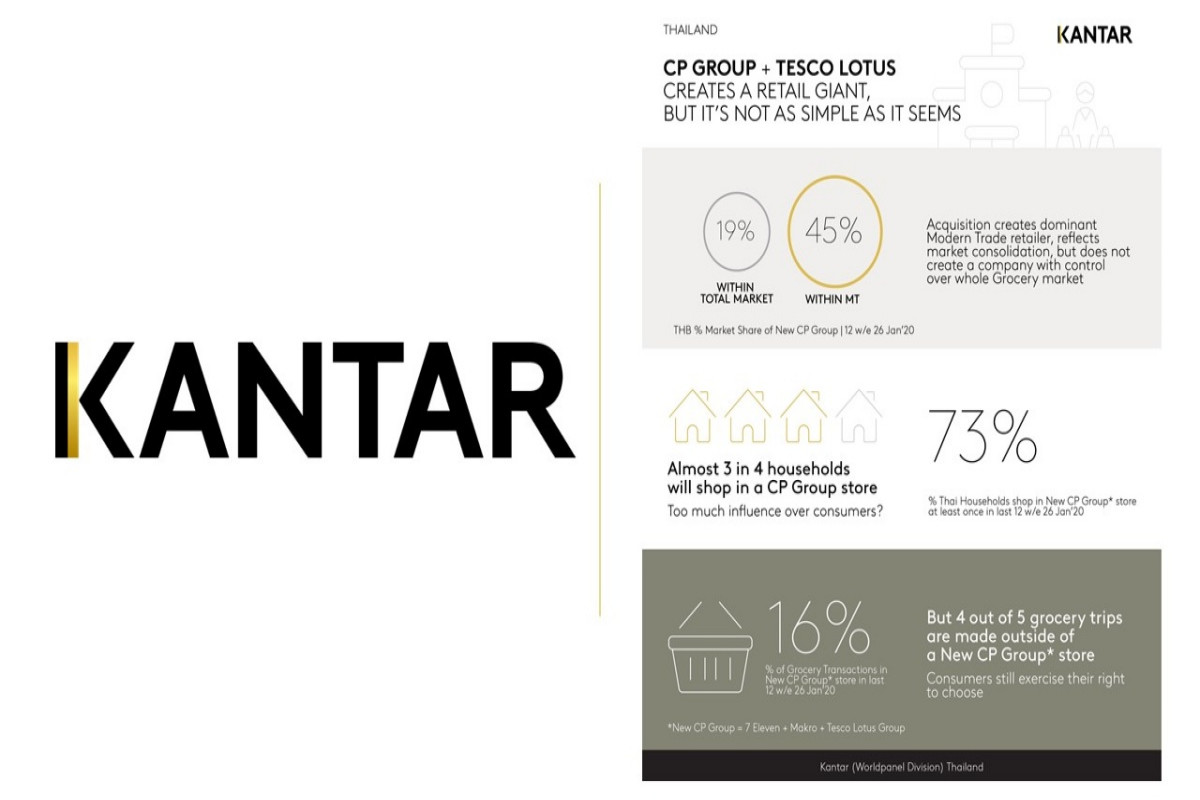

This calendar allowed the summer and winter months to become completely misplaced, leading to the adoption of more accurate calendars. The Romans were then believed to have adopted a 10-month calendar with 304 days, leaving the remaining 50 or so days as an unorganized winter. The ancient Roman calendar was believed to be an observational lunar calendar, based on the cycles of the moon's phases. The Gregorian calendar is a reformed version of the Julian calendar, which was itself a modification of the ancient Roman calendar.

The months of April, June, September, and November have 30 days, while the rest have 31 days except for February, which has 28 days in a standard year, and 29 in a leap year. Within this calendar, a standard year consists of 365 days with a leap day being introduced to the month of February during a leap year.

The Gregorian calendar is the most prevalently used calendar today.


 0 kommentar(er)
0 kommentar(er)
